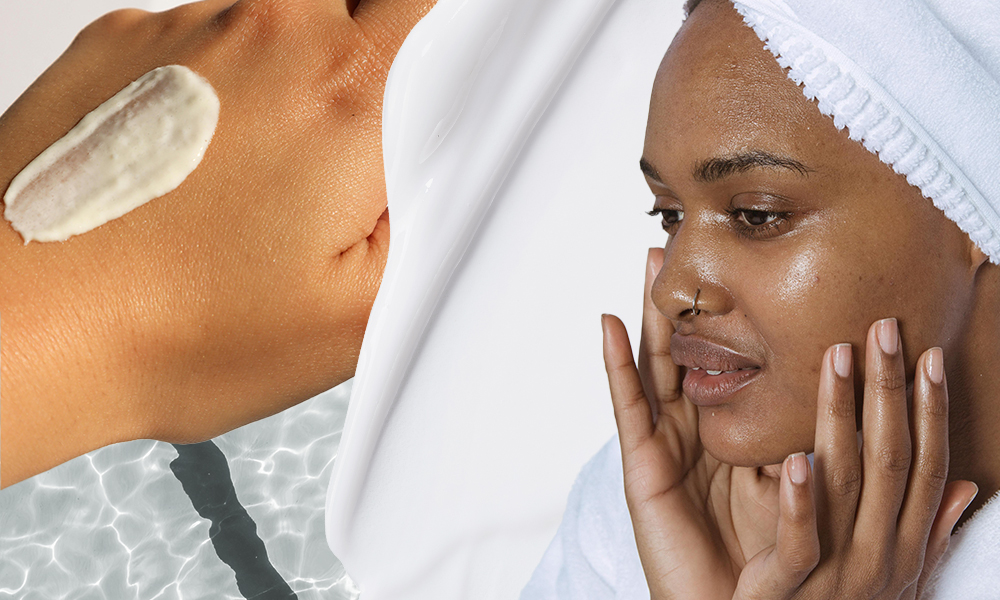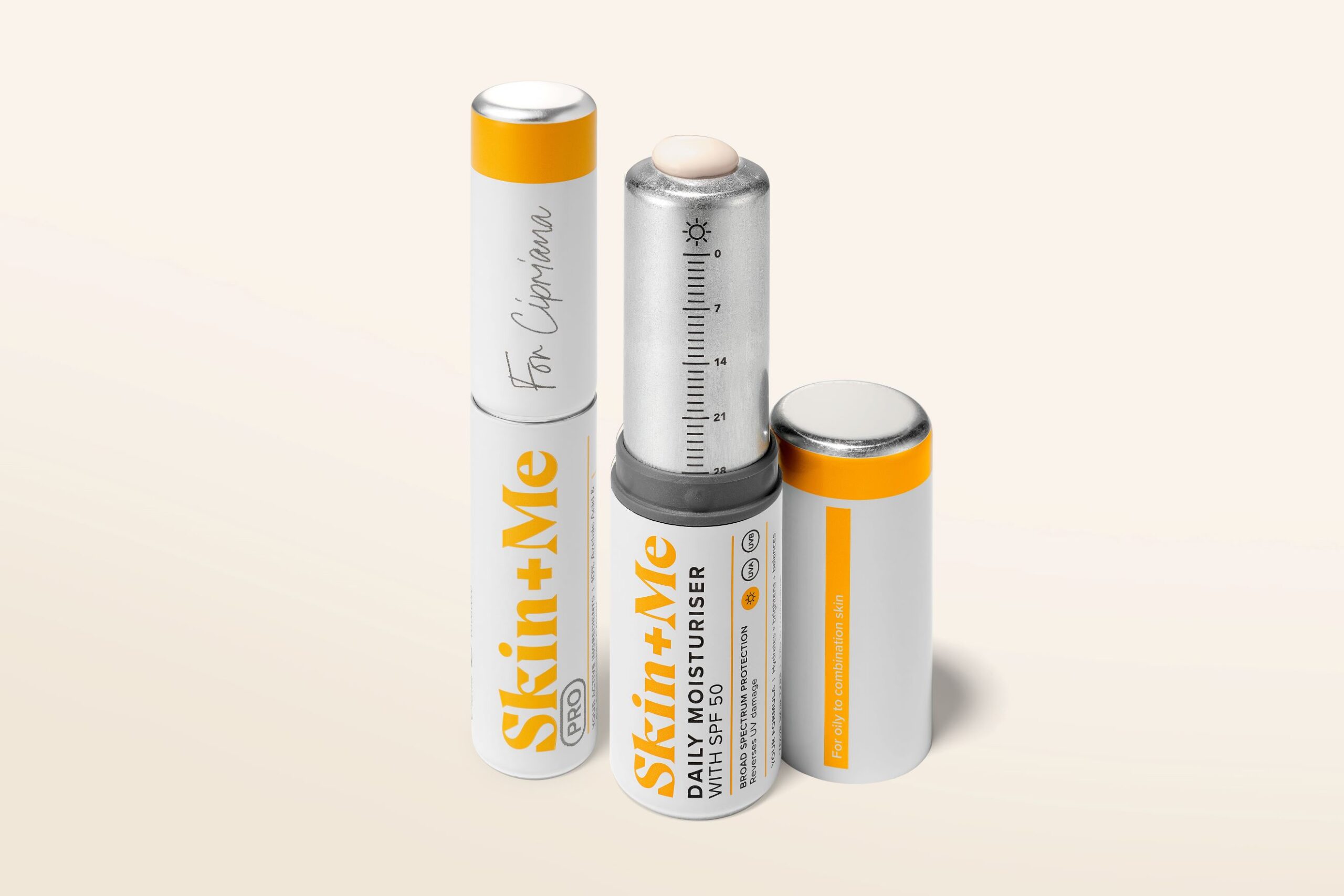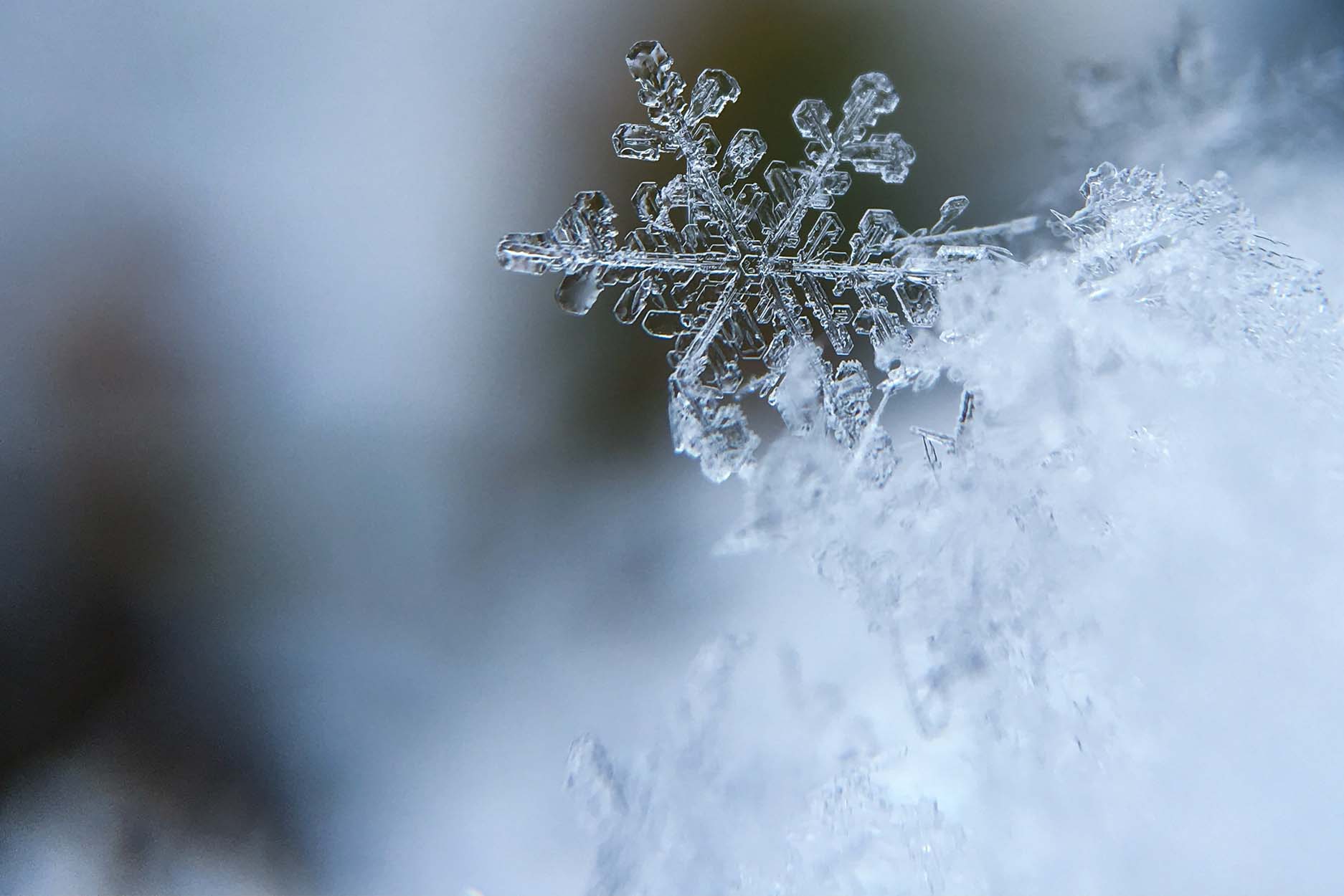Meet the Daily Moisturiser that guarantees SPF 50 – with every click

Skincare 101: Everything You Need To Know About Moisturisers
We all know that the key to soft, hydrated skin is a great moisturiser – but with so many choices out there, where’s the best place to start?
Today, we’re arming you with all the knowledge you need to find your ideal moisturiser. From key ingredients to application tips, our Dermatology Team is ready to reveal their expert advice and make thirsty skin a thing of the past.
Why is the moisturiser step so important?
Moisturising is one of the key steps in every effective skincare routine, following a morning cleanse or an evening treatment step, and preceding your daily sunscreen application. Moisturiser is the all-important hydration step that replenishes and protects your skin barrier from dryness and dehydration.
All moisturisers contain water, which when applied directly to the skin, should sink in and provide a near-instant boost of hydration to your face. They also contain several other ingredients, which help deliver this much-needed hydration, and soften the skin in the process.
According to Dr Jason Thomson, Head of Medical at Skin + Me, “Moisturisers work to hydrate, soften and lock in moisture in the skin. They contain a mixture of moisturising ingredients to achieve this: humectants, emollients and occlusives.”
- Humectants are ingredients like hyaluronic acid and glycerin. They work by attracting and holding onto water from the environment, and also from the deeper layers of your skin.
- Emollients are ingredients like shea butter, squalane and coconut oil that work to soften and smooth the skin.
- Occlusives are ingredients like petroleum jelly (for example, Vaseline), dimethicone and white soft paraffin that form a thick barrier on top of the skin. These heavy ingredients lock in moisture and prevent a process known as transepidermal water loss – when moisture evaporates from your skin.
What is the difference between moisturiser and hydrating products?
On the surface, not too much – the difference is actually molecular. “The key difference between hydration and moisturiser is that hydrating ingredients (humectants) actually hold on to and attract water molecules into the skin (from the body and environment),” explains Dr Ben Esdaile, Consultant Dermatologist at Skin + Me.
“Moisturisers stop water loss by being more occlusive, forming a seal over the skin to stop water escaping, and tend to have more oil-based ingredients,” he continues. “Hydrating products tend to have humectants such as hyaluronic acid and glycerin.”
How to choose a moisturiser
Moisturisers can vary depending on your skin type, in texture, density and ingredient concentration.
Dr Jason explains, “If you have particularly dry skin, you’ll want a moisturiser with higher levels of humectants, emollients and occlusives, as you’re more likely to develop problems with your skin barrier function – this often means issues with irritation and sensitivity.” So look out for a thicker, richer moisturiser to both hydrate and help retain moisture.
“Choosing a moisturiser with soothing and barrier-boosting active ingredients such as urea, ceramides, niacinamide, panthenol and allantoin can provide additional benefits and are often found in good moisturisers for dry skin.”
If you have oily or combination skin, you’ll want a lighter, oil-free formula to give your skin everything it needs to stay healthy, and nothing more – anything more occlusive, and you could risk breaking out.
If you have sensitive skin you’ll want a soothing, stripped-back moisturiser that focuses on skin soothing and barrier protection – ceramides, allantoin and panthenol should be your go-tos.
What’s the best way to apply moisturiser?
Always apply moisturiser to freshly cleansed skin. If you have a dry-to-normal skin type, applying your moisturiser to damp skin is a really simple way to maximise hydration and lock in moisture. If you have oily-to-combination skin, always apply your moisturiser after patting your skin dry.
Take your desired amount, and massage the cream into your skin – remember to bring any excess down to your neck and decolletage. A useful tip for applying moisturiser evenly is to dot it around your face and join up the dots.
MOISTURISER INGREDIENTS WE LOVE
✅ Humectants – Hyaluronic acid, glycerin, betaine, panthenol, urea
✅ Gentle acids – PHAs or low-percentage AHA/BHAs
✅ Antioxidants – Ectoin, vitamins C + E, niacinamide
✅ Emollients – Shea butter
✅ Skin soothers – Allantoin
MOISTURISER INGREDIENTS TO AVOID
❌ High-percentage AHAs and BHAs – overuse of which can disrupt the skin barrier
❌ Strong fragrances – which may cause irritation
❌ Occlusives like petroleum jelly or petrolatum (unless you have super dry skin)
❌ Silicones – these can cause pilling
Final thoughts
Moisturisers are hard to get wrong, so long as you’re looking for one that suits your skin type, you’ll be good to go. Another key piece of advice is to look for ingredients that dermatologists recommend – hyaluronic acid, glycerin and ceramides are always a good place to start. No matter what, be sure to keep your routine simple and stripped-back, especially if you’re using powerful active ingredients.
New to Skin + Me? Get your first month of personalised skincare for £4.99 with promo code DOSE – complete our quick consultation here.
Looking for a routine refresh? Add the Dream Routine to your Skin + Me subscription.
In need of a restock? Head to The Skincare Shop for one-off purchases of your Routine Essentials.



